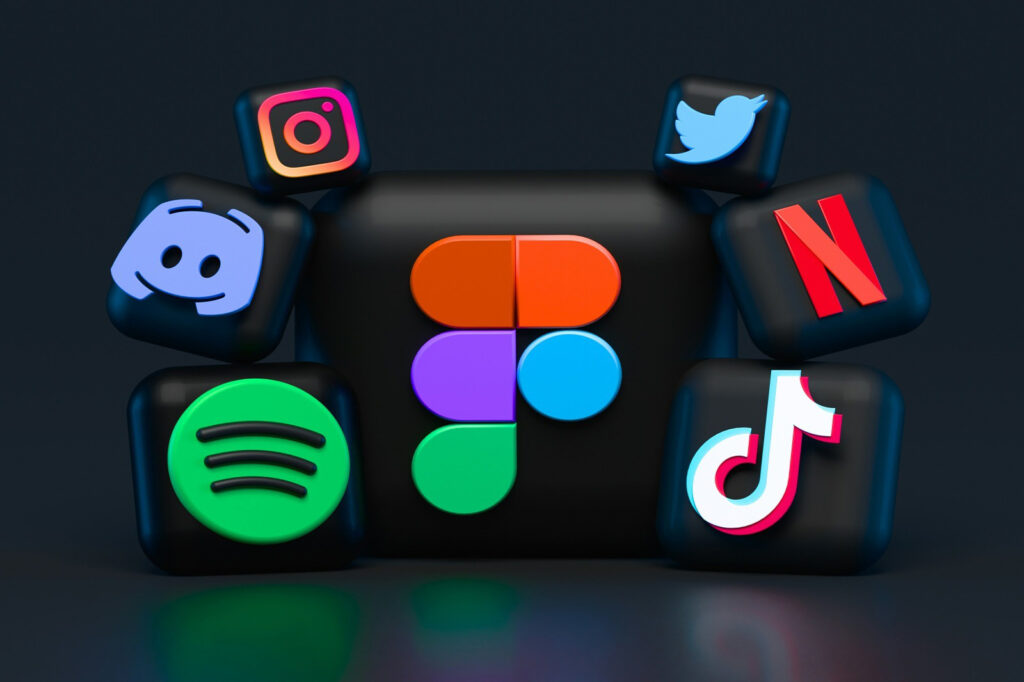The Rise of Virtual Influencers: A Digital Evolution in Social Media
In the age of digital dominance, a new breed of influencers is taking center stage—virtual influencers. These computer-generated characters, designed to emulate human appearance and behavior, are making waves on social media platforms and reshaping the landscape of online influence. The rise of virtual influencers signifies a fascinating intersection between technology, marketing, and creativity, offering a glimpse into the future of digital communication.
Virtual influencers are not bound by the constraints of the physical world. They exist solely in the digital realm, allowing creators to sculpt their appearance, personality, and even backstory. This level of customization opens up endless possibilities for brands to craft a unique narrative and engage with audiences in innovative ways.
One of the most notable virtual influencers is Lil Miquela, a computer-generated model and social media personality with millions of followers. Created by the company Brud, Lil Miquela blurs the lines between reality and fiction, often posting lifelike images that leave followers questioning her authenticity. Her success has led to collaborations with major brands, challenging traditional notions of celebrity endorsements.
The appeal of virtual influencers lies in their ability to portray an idealized version of life. Free from the imperfections of reality, they embody aspirational lifestyles and aesthetics. This carefully curated image resonates with audiences seeking an escape from the mundane, driving engagement and fostering a sense of connection.
The marketing potential of virtual influencers is undeniable. Brands can leverage these digital personas to reach niche audiences and experiment with creative campaigns. Virtual influencers are not limited by geographical boundaries, language barriers, or cultural differences, making them versatile ambassadors for global brands aiming to connect with diverse markets.
However, the rise of virtual influencers also sparks ethical debates. Critics argue that these fabricated personas contribute to the illusion of perfection, further perpetuating unrealistic beauty standards and social expectations. As technology blurs the line between reality and fiction, it becomes crucial to address the potential impact on mental health and self-esteem among impressionable audiences.
In conclusion, the rise of virtual influencers marks a paradigm shift in the world of social media and digital marketing. As technology advances, the influence of these digital avatars is likely to grow, challenging conventional norms and pushing the boundaries of creativity. Whether embraced or scrutinized, virtual influencers are undoubtedly a captivating phenomenon that reflects the evolving dynamics of online communication in the 21st century.




